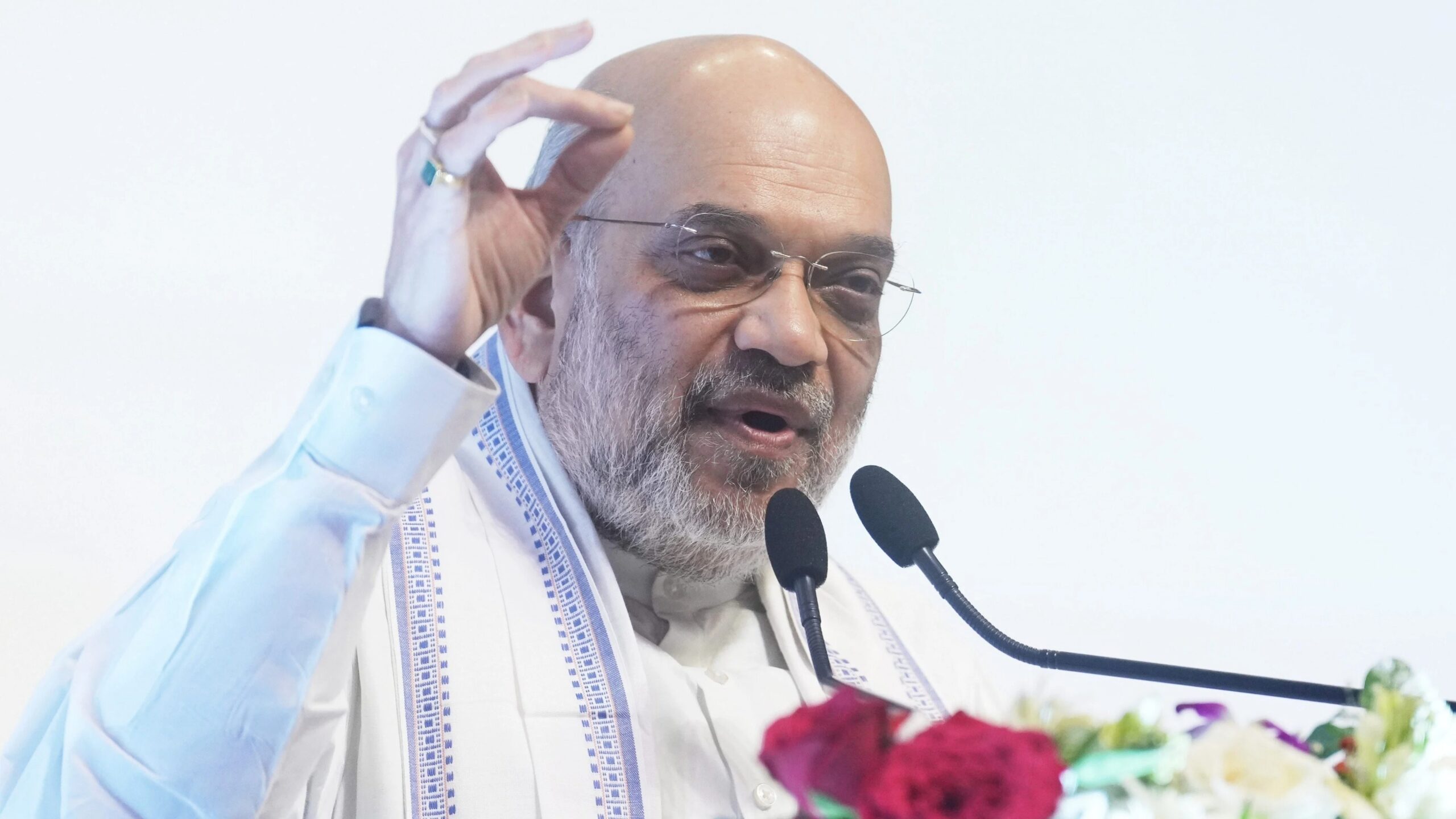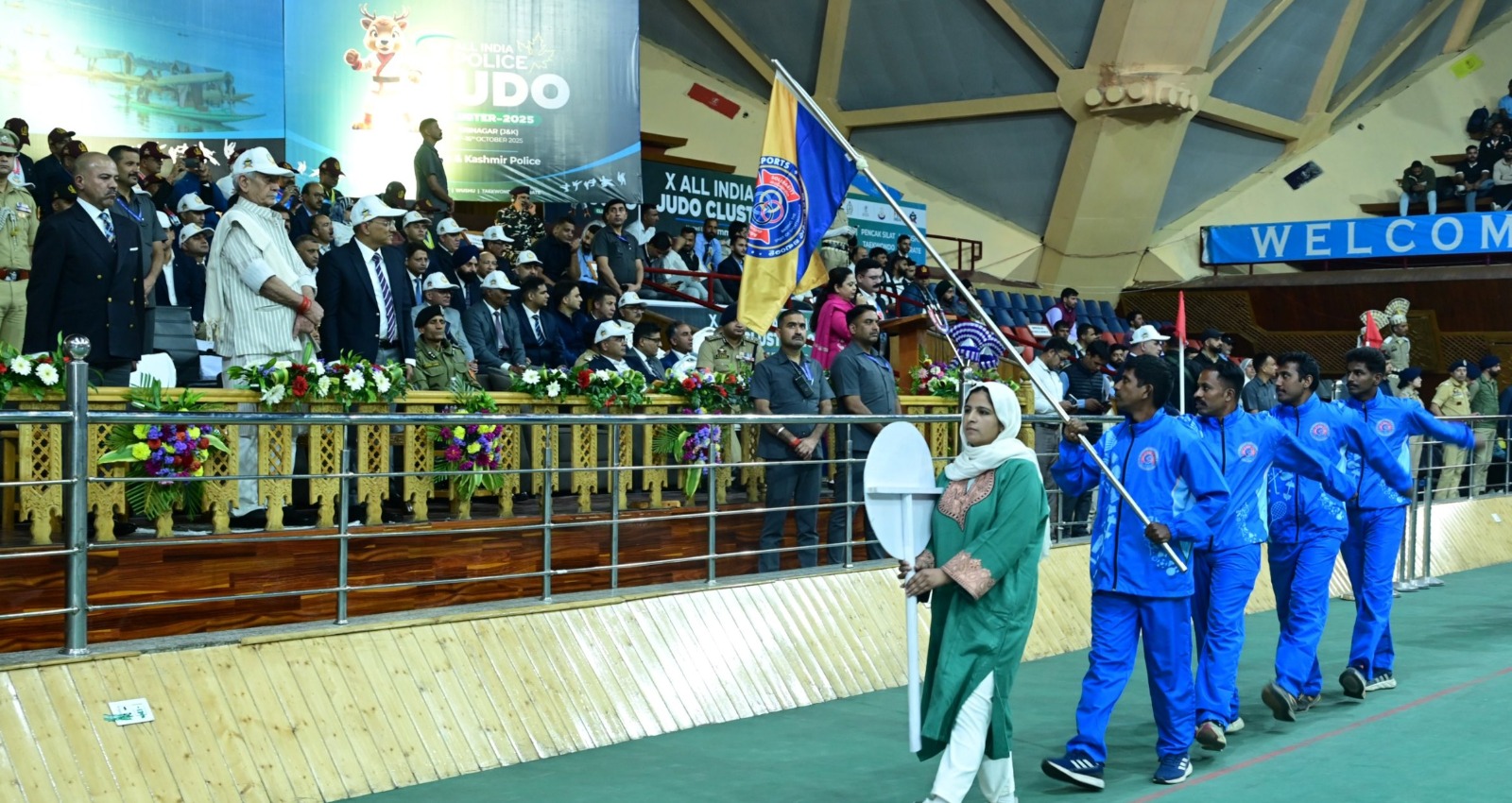Microsoft Gives Copilot AI a Human Face to Encourage Conversation
Microsoft believes that users feel more comfortable interacting with an AI assistant that has a human face, and its new feature delivers just that.
Microsoft’s Copilot AI assistant hasn’t gained the same popularity as ChatGPT or Google’s Gemini, so the company is rolling out changes to attract more users. One key initiative is introducing human-like AI portraits—avatars that can converse with people on behalf of the chatbot.
Currently, the experimental Portraits feature is available only in select regions. Users above 18 can choose from around 40 human avatars to interact with, allowing a more personal conversational experience.
Why Human AI Portraits?
Microsoft’s AI chief, Mustafa Suleyman, explains that these portraits were created in response to user feedback: people wanted a face for the AI assistant to feel more comfortable speaking to it. This transparency about user-driven design is a notable first for a tech giant, reflecting a similar approach to how Google and OpenAI develop their AI ecosystems.
Adding a human face supports more natural conversations, helping users engage more openly with the AI. Unlike animated cartoon avatars, Microsoft’s new Copilot characters are modeled on real humans, making interactions feel more lifelike.
Copilot is integrated as the default AI assistant on Windows 11, the Microsoft 365 suite, and other Microsoft applications. Despite this, ChatGPT currently leads the market, followed by Gemini. While Copilot has strong capabilities, its appeal to everyday users needs to grow.
OpenAI has excelled in this area, for example with Studio Ghibli-style AI photos. Microsoft is also exploring similar innovations, such as the AI-powered Sora app, which allows users to create and remix videos using their own photos.
While Microsoft often focuses on enterprise solutions, consumer engagement remains crucial in the AI race. Whether the new Copilot human avatars will resonate with the general public remains to be seen.













